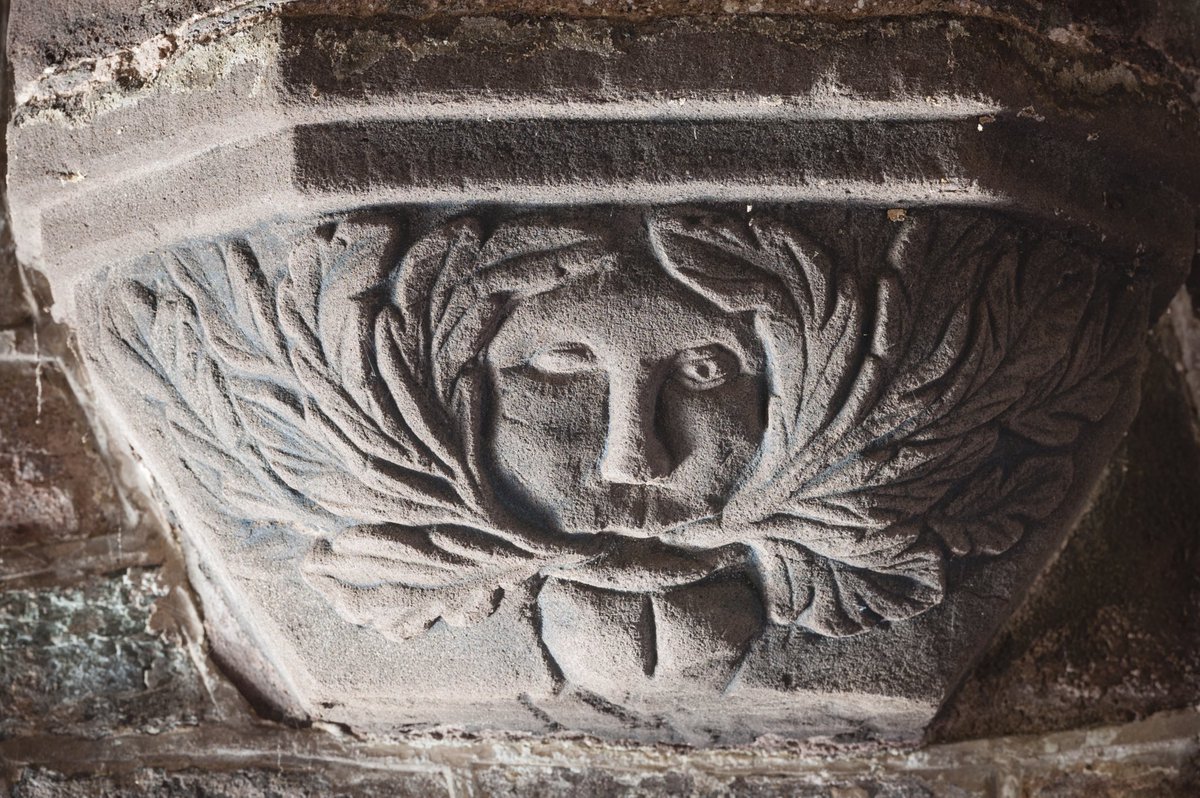For 700 years, three Green Men at St Jeromes, Llangwm Uchaf have silently sprouted soft foliage from their enigmatic mouths.
From floors to bosses, the Green Man is a popular presence in English and Welsh churches, but what did he mean to the people who portrayed him?
#thread
From floors to bosses, the Green Man is a popular presence in English and Welsh churches, but what did he mean to the people who portrayed him?
#thread
Was he a symbol of fertility? An ancient god bringing forth new life? Or was he something to be feared?
2/6
2/6
The term 'Green Man', when applied to these creatures in churches, was first coined by Lady Raglan, whose article 'The Green Man in Church Architecture' appeared in the journal 'Folklore' in 1939. Previously, these fascinating forms were known rather drily as Foliate Heads.
3/6
3/6
Green Men span many centuries, countries and cultures, and the leafy creatures at Llangwm Uchaf may be derived from a Roman leaf mask that symbolised Man's relationship with nature.
5/6
5/6

 Read on Twitter
Read on Twitter


 : St Jeromes, Llangwm Uchaf, Monmouthshire
: St Jeromes, Llangwm Uchaf, Monmouthshire



